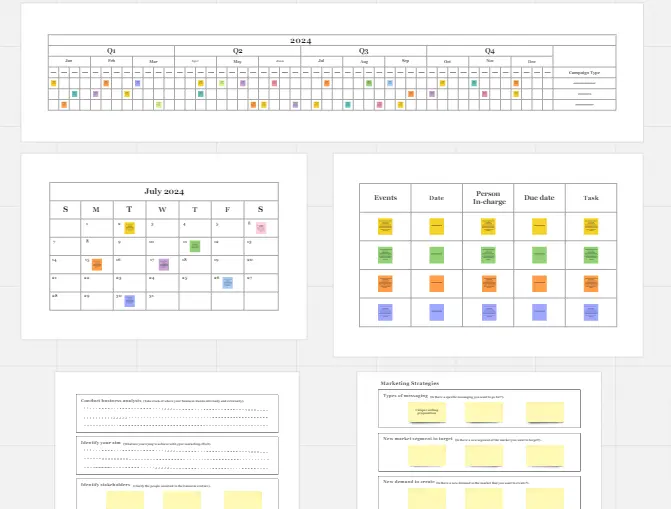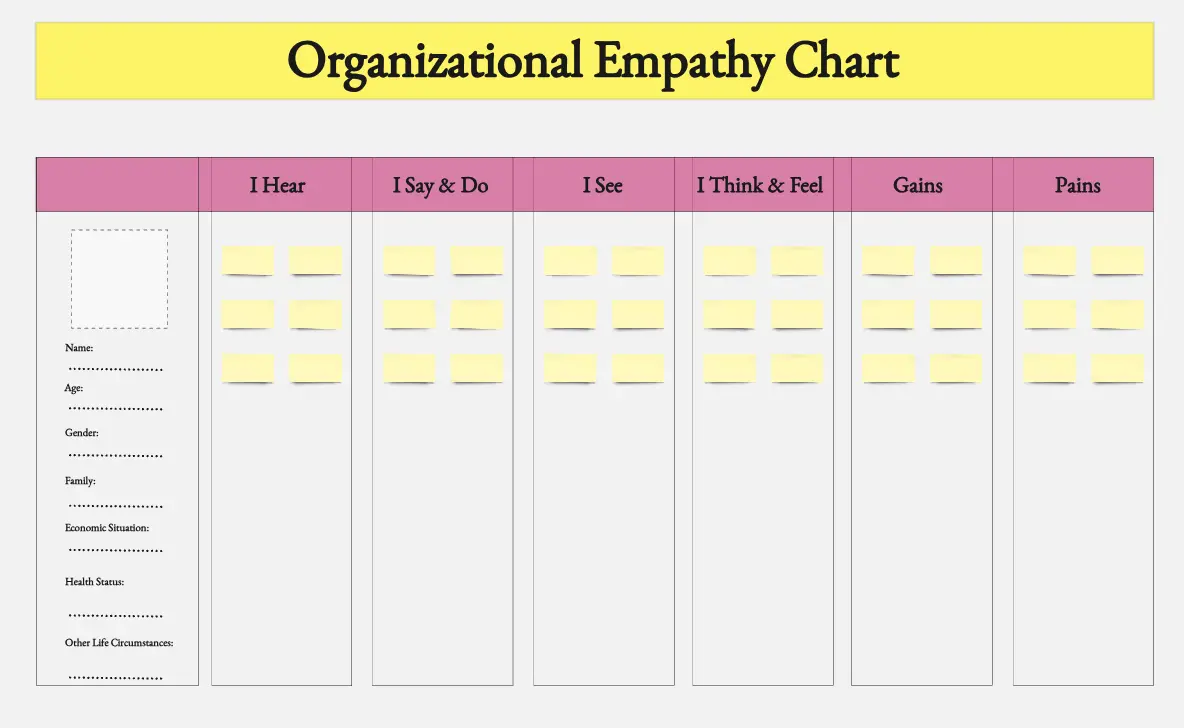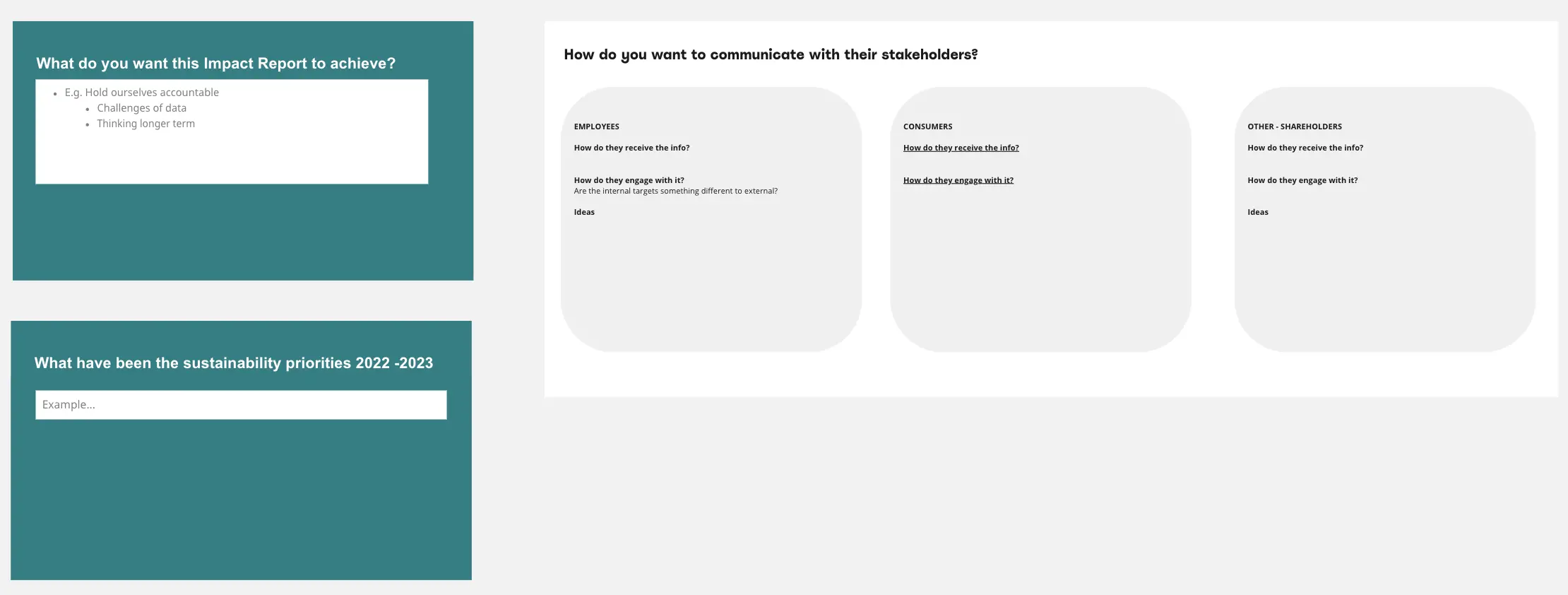This comprehensive MOAT (Hard-to-Copy Startup) template serves as a strategic tool for entrepreneurs and investors to analyze and fortify a company's competitive advantages. It categorizes these factors into five main branches, aligning with the "Five S's of Moats" framework:
Strategic Differentiation: This branch encompasses elements like counter positioning, process power, and brand building. These factors help a company distinguish itself from competitors and create unique value propositions.
State Granted: This branch highlights how government regulations, licenses, standards, and tariffs can create barriers to entry for competitors, providing the company with a protected market position.
Scale: Economies of scale, scope, and network effects are explored in this section. These factors highlight how a company's size and reach can create cost advantages, operational efficiencies, and a strong customer base, making it difficult for smaller rivals to compete.
Special Know-How: This branch emphasizes the importance of proprietary knowledge, trade secrets, patents, and data & AI capabilities. These assets give a company unique insights and capabilities that are difficult for competitors to replicate.
System Rigidity: This section delves into factors like company culture, ecosystem lock-in, and switching costs. These elements create a complex web of relationships and dependencies that make it challenging for customers or partners to switch to a competitor, reinforcing the company's competitive advantage.
Each branch is further subdivided into more specific components, such as "counter positioning," "procedural knowledge," and "ecosystem." These sub-components provide a more granular understanding of the different elements that can contribute to a company's moat. Value Proposition: The MOAT template provides a structured framework for identifying and assessing a company's potential competitive advantages. It helps entrepreneurs and investors understand the various levers they can pull to create a defensible business model that is difficult for competitors to replicate. By systematically exploring these options, companies can make informed decisions about where to focus their resources and efforts to maximize their chances of long-term success.
Categories
Similar templates
Impact Report Ideas
Marketing Campaign Timeline

Marketing Campaign Timeline
A marketing campaign timeline allows you to create a detailed plan for your marketing campaign and evaluate it.
Empathy Map

Empathy Map
Improve your understanding of customer needs with the Empathy Map by Aremu Dominion. This template allows you to capture and analyze your audience's emotions, thoughts, and experiences. Use it to create user-centered products and services that resonate with your customers. Perfect for design thinking workshops, product development, and marketing teams focused on empathy-driven innovation.
Impact Report Ideas
Marketing Campaign Timeline

Marketing Campaign Timeline
A marketing campaign timeline allows you to create a detailed plan for your marketing campaign and evaluate it.
Empathy Map

Empathy Map
Improve your understanding of customer needs with the Empathy Map by Aremu Dominion. This template allows you to capture and analyze your audience's emotions, thoughts, and experiences. Use it to create user-centered products and services that resonate with your customers. Perfect for design thinking workshops, product development, and marketing teams focused on empathy-driven innovation.

